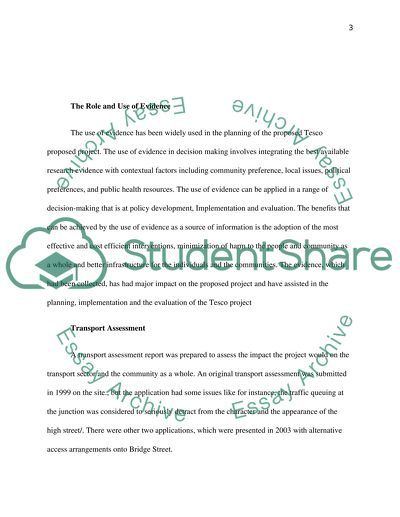Cite this document
(“Proposed Tesco Store, Morning Lane, Hackney, London Essay”, n.d.)
Proposed Tesco Store, Morning Lane, Hackney, London Essay. Retrieved from https://studentshare.org/architecture/1490620-proposed-tesco-store-morning-lane-hackney-london
Proposed Tesco Store, Morning Lane, Hackney, London Essay. Retrieved from https://studentshare.org/architecture/1490620-proposed-tesco-store-morning-lane-hackney-london
(Proposed Tesco Store, Morning Lane, Hackney, London Essay)
Proposed Tesco Store, Morning Lane, Hackney, London Essay. https://studentshare.org/architecture/1490620-proposed-tesco-store-morning-lane-hackney-london.
Proposed Tesco Store, Morning Lane, Hackney, London Essay. https://studentshare.org/architecture/1490620-proposed-tesco-store-morning-lane-hackney-london.
“Proposed Tesco Store, Morning Lane, Hackney, London Essay”, n.d. https://studentshare.org/architecture/1490620-proposed-tesco-store-morning-lane-hackney-london.


